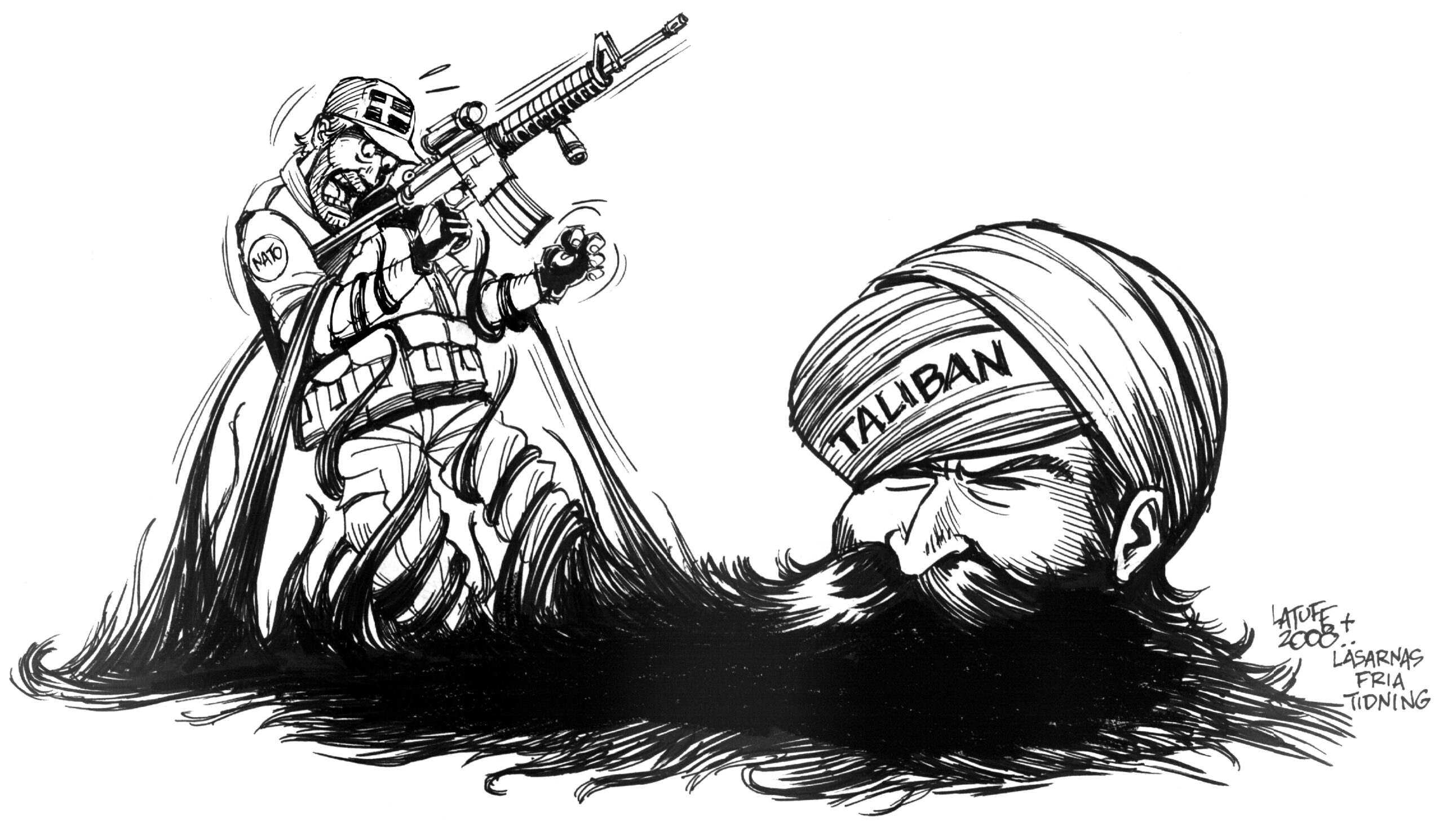
The Rise and Fall of the Taliban: A Complex History of Power and Conflic
Introduction
The history of the Taliban is a tale of tumultuous power struggles, shifting alliances, and the interplay of geopolitics in the rugged terrain of Afghanistan. From their rise in the early 1990s to their fall and subsequent return to power, the Taliban’s journey is a reflection of the complexities and challenges faced by a nation caught in the crosshairs of global conflicts.
The Rise of the Taliban: A New Force Emerges
The roots of the Taliban’s rise can be traced back to the aftermath of the Soviet-Afghan War. The withdrawal of Soviet forces in 1989 created a power vacuum in Afghanistan, leading to a series of internal conflicts among various factions. Amid this chaos, a group of young militants, who had received their education in religious schools (madrasas) primarily in Pakistan, emerged on the scene. These individuals, led by Mullah Mohammad Omar, formed the core of what would become the Taliban.
The Taliban’s early objectives were grounded in a strict interpretation of Islamic law. With growing momentum, they captured territory and began imposing their version of Sharia law. By 1996, they had taken control of Kabul, establishing the Islamic Emirate of Afghanistan. However, their rule was characterized by harsh restrictions on women’s rights, cultural suppression, and their harboring of international terrorists, most notably Al-Qaeda’s Osama bin Laden.
The Fall of the Taliban: International Intervention and Insurgency
The turning point in the Taliban’s trajectory came with the 9/11 attacks in 2001. The United States, along with a coalition of international partners, launched Operation Enduring Freedom in a bid to dismantle Al-Qaeda’s presence and remove the Taliban from power. The swift military intervention resulted in the collapse of the Taliban regime, but it marked the beginning of a new chapter in Afghanistan’s history.
Following their defeat, the Taliban regrouped in the border regions of Afghanistan and Pakistan. In these remote areas, they began an insurgency against both the Afghan government and international forces. Local grievances, a lack of effective governance, and sanctuary across the border allowed them to gradually regain strength, leading to a protracted conflict that persisted for years.
The Complexities of Counterinsurgency and Nation-Building
In the aftermath of the Taliban’s fall, the international community, led by the United States, embarked on an ambitious mission to stabilize Afghanistan and establish a democratic government. However, the challenges were immense. The nation’s fractured history, ethnic divisions, and tribal dynamics posed significant obstacles to creating a unified and functional state.

Efforts to build institutions, strengthen governance, and improve infrastructure were hindered by ongoing insurgent attacks and a persistent Taliban presence. While progress was made in some areas, the situation remained precarious. The Taliban insurgency capitalized on the gaps in governance and security, using intimidation and violence to maintain a foothold in various parts of the country.
Negotiations and the Road to the Taliban’s Return
As the conflict persisted, international actors began exploring diplomatic avenues to bring an end to the violence. In 2020, peace negotiations between the U.S. and the Taliban culminated in the Doha Agreement. This landmark accord paved the way for the withdrawal of U.S. and NATO forces from Afghanistan, contingent upon the Taliban’s commitment to preventing Afghan territory from being used as a safe haven for international terrorist groups.
The withdrawal, completed by mid-2021, created a power vacuum that the resurgent Taliban rapidly exploited. Seizing upon the opportunity, they launched a series of lightning-fast offensives, capturing vast swaths of Afghan territory. The culmination of this offensive was the capture of Kabul in August 2021, signaling the collapse of the Afghan government and the return of the Taliban to power.
The Uncertain Future of Afghanistan
The reestablishment of Taliban rule has ignited concerns and debates about the fate of Afghanistan. The international community watches with a mix of apprehension and hope as the Taliban attempts to project a more moderate image while facing the challenges of governing a nation with diverse populations and expectations.

The Taliban’s rule today is juxtaposed with a vastly changed global landscape. Increased connectivity, global awareness, and shifting norms place a spotlight on their actions, especially concerning human rights and international relations. The Afghan people, scarred by decades of conflict, long for stability and peace, while the world grapples with the dilemma of engaging with a government known for its history of repression and extremism.
Conclusion: A Complex Legacy
The rise and fall of the Taliban is a multifaceted saga that encompasses the complexities of Afghanistan’s history, the influence of external actors, and the enduring resilience of the Afghan people. From their origins as a group of young religious students to their return to power in a transformed world, the Taliban’s journey reflects the intricate interplay of religion, politics, power, and conflict.
As Afghanistan navigates its uncertain future under Taliban rule, the lessons of its tumultuous history remain ever relevant. The international community faces the challenge of reconciling security concerns with human rights and regional stability. The Afghan people, meanwhile, strive for a future that offers them the chance to rebuild their lives and nation after decades of turmoil. Only time will reveal the ultimate outcome of this intricate and evolving narrative.

